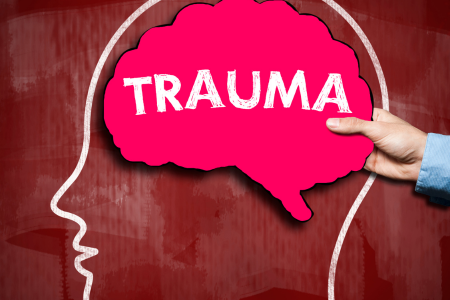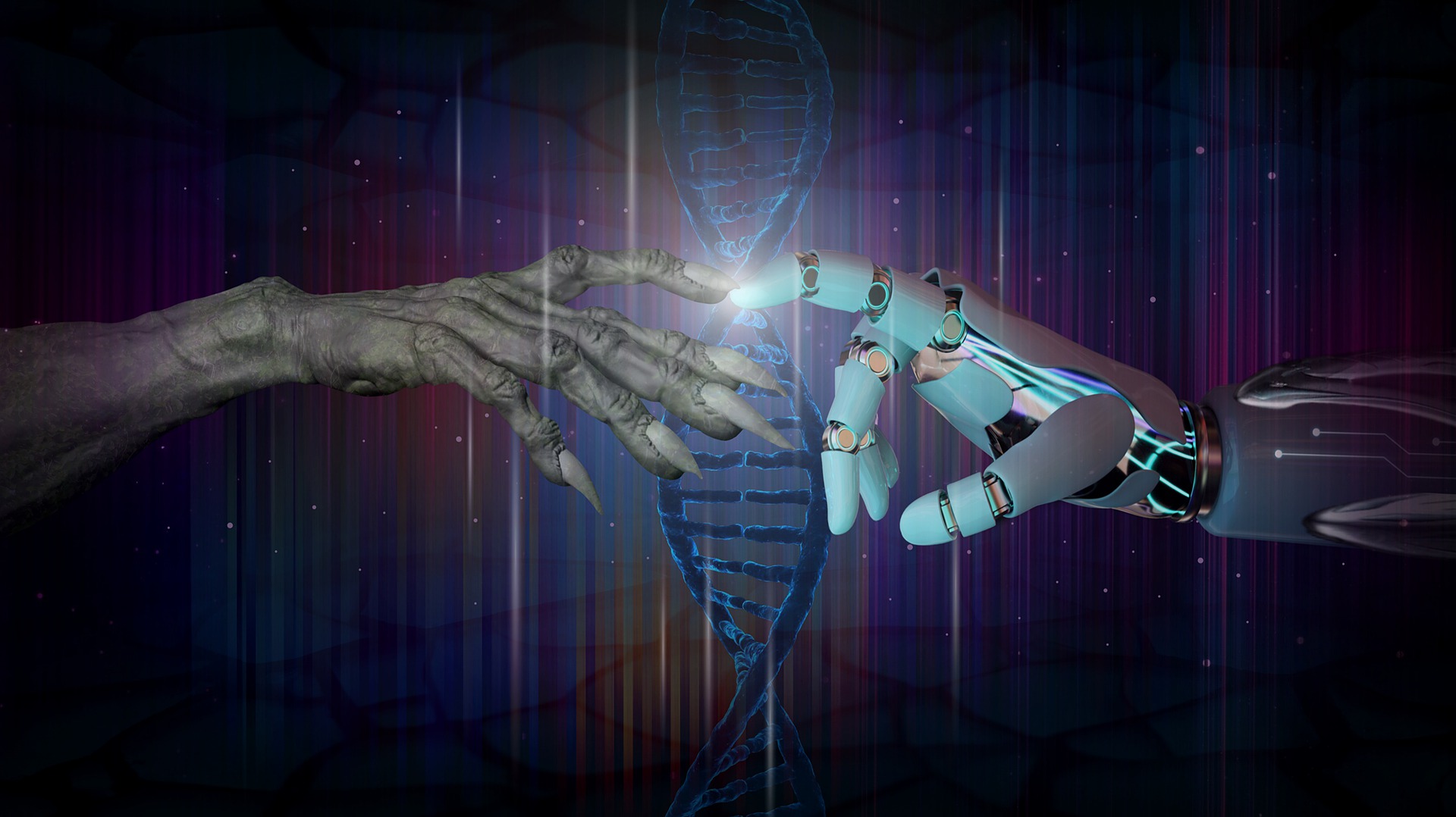News & Research on Psychology | ShareYrHeart
In the young brain, erasing trauma memories is a challenge.
Published
4 months agoon

Source: Weizmann Institute of Science
Summary: The amazing property of plasticity in our brains allows them to alter over the course of our lifetimes. The brain is mostly plastic in our early years, when it is still developing, as would be expected.
Throughout our lives, our brains can change due to a remarkable property called plasticity. Predictably, the brain is mostly plastic during the formative years of life, when it is still developing. One way this shows up is in the ability to pick up new languages, but it also means being more sensitive to stressful situations, which can leave a mark that gets worse with age. The latter effect is well supported by several studies, but the effects of early-life trauma exposure on the various types of brain cells and their interactions with one another in adulthood are poorly understood.
Chen’s lab at Weizmann’s Brain Sciences Department studies how the body responds to stress on a cellular and behavioural level. Chen’s group to explore the effects of stress during pregnancy on mature mouse pups in earlier investigations.
Scientists, under the direction of Dr. Aron Kos, examined the effects of early-life trauma on mouse pups in the present study. The researchers combined Chen’s lab’s capabilities to increase our grasp of this subject: its proficiency in investigating the chemical mechanisms of the brain at the highest resolution. Utilizing individual cell-level genetic sequencing; being able to track numerous behavioral traits using cameras in a complex social setting designed to mimic natural living circumstances; and being able to use machine learning and artificial intelligence techniques to handle the vast amounts of data produced in this setting.
According to this thorough behavioral mapping, mice that experienced postnatal trauma—in this example, being abandoned by their mothers—exhibited a range of behaviors that suggested they were at the bottom of the dominance hierarchy.
Our brains have an amazing property called plasticity, which allows them to evolve and adapt as we grow older. Because the brain is still developing in our early years, this flexibility is most noticeable, exhibiting increased plasticity. This stage promotes quick learning, including picking up a language, but it also makes the brain more vulnerable to painful experiences, creating long-lasting memories that could get stronger as people age. Numerous studies confirm the long-lasting impact of early trauma, but less is known about how specifically it affects different types of brain cells and how they communicate as adults.
The study, carried out in the lab of Dr. Chen in the Brain Sciences Department at Weizmann University, explores the behavioral and molecular aspects of stress response. The goal of earlier research was to determine how stress affects mature mouse offspring throughout pregnancy. In the most recent study, under the direction of Dr. Aron Kos, the researchers investigated the effects of trauma sustained soon after birth on the maturation of mouse pups. The study made use of Chen’s lab’s strengths by combining knowledge of genetic sequencing, camera-based behavioral tracking in a natural social setting, and machine learning and artificial intelligence tools for data processing. These methods allowed researchers to examine molecular brain processes at a granular level.
According to the comprehensive behavioral mapping, adult mice exposed to stress soon after birth—such as the mother neglect observed in this study—exhibited behaviors suggestive of a lower dominance hierarchy position. The human counterparts of these behaviors were emphasized by Dr. Juan Pablo Lopez, a former postdoctoral researcher. He mentioned characteristics that are frequent after trauma, such as excessive introversion, social anxiety, and an avoidant disposition.
Researchers stressed adult mice in social scenarios that mimicked peer bullying in order to learn more about the effects of early trauma on the adult brain. Using single-cell RNA sequencing in the hippocampus, a crucial brain region for social functioning, the resulting four groups of adult mice—untouched by trauma, subjected to adult bullying only, exposed to infancy trauma only, and exposed to both infancy trauma and adult bullying—were carefully compared.
According to the comparison, early trauma had a unique effect on several cell types, primarily influencing the expression of genes in two subpopulations of neurons: the glutamatergic excitatory system and the GABA inhibitory system. This effect was most noticeable in mice that had experienced both adult bullying and trauma during infancy.
Excitatory or inhibitory electrical signals are used by brain cells to communicate, and a balanced interaction between them is essential for appropriate brain function. The molecular results were validated by electrophysiological studies, which showed that early trauma had caused an imbalance between excitatory and inhibitory impulses in the hippocampus.
The researchers tried to correct this disruption by giving a brief course of the antianxiety medication diazepam (Valium) soon after the early shock. The outcomes were remarkable: the mice who received treatment were able to prevent or lessen the expected behavioural repercussions, which allowed them to move up the social order.
The study highlights the significance of early intervention for effective recovery by using the developing brain’s plasticity to mitigate the negative impacts of trauma. The researchers stressed the need for a tailored and nuanced approach to treatment while cautioning against the indiscriminate use of medication interventions, albeit acknowledging its promise.
Dr. Chen highlights the research’s wider ramifications for tackling the world’s problems with persistent stress, particularly in areas impacted by violence and displacement. By identifying a crucial brain process that is susceptible to childhood stress, the work raises the possibility of using the developing brain’s plasticity to reduce long-term effects in adulthood.
Source: Weizmann Institute of Science



